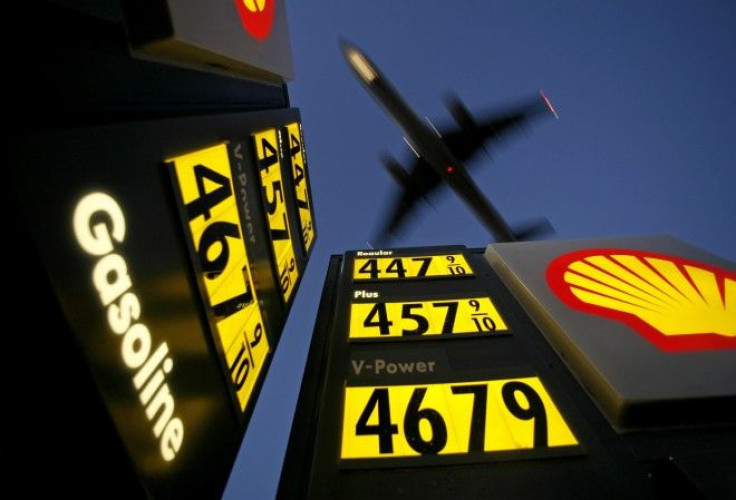North American Crude Oil Price Differentials to Remain Sizeable: Analyst

According to a Wall Street analyst, the anticipated North American light crude oil surplus suggests a sustainable price discount of $6 - $8 per barrel versus similar quality waterborne barrels.
Meanwhile, North American heavy crude discounts are likely to narrow as additional pipeline transportation and/or Canadian export alternatives become available.
Notwithstanding the recently abrupt narrowing in onshore North American crude oil pricing discounts, we believe, to varying degrees, that such discounts are likely to remain secularly well above historical levels for the foreseeable future, Benchmark Capital analyst Mark Gilman wrote in a note to clients.
Over the last several weeks, the Brent-WTI differential has narrowed from a peak discount of $28 per barrel to approximately $9 - $10 per barrel currently. In part, this contraction can be attributed to a reduction in the Brent premium associated with the faster than expected rebound in the production of similar quality, light sweet, Libyan crude.
The abrupt narrowing, however, also reflects the assumed impact of the recently announced decision to reverse the 350 kb/d Seaway pipeline which will allow increased flows of inland crude to the Gulf Coast refining district.
The justification for a sustainably significant North American, light/sweet crude oil price discount is not logistically oriented but rather reflects the longer term emergence of a Mid-Continent/Gulf Coast supply/demand surplus for this type of crude oil.
Reflecting the explosive growth in the unconventional shale plays including the Bakken and the Eagle Ford, as well as the rejuvenation of the Permian Basin (Bone Springs, Wolfcamp, Avalon plays), the supply of high quality light crude has and will continue to rise significantly, the analyst said.
This supply surge is occurring in conjunction with a reduction in refiner demand for light/sweet crude associated with the sizeable number of coking/upgrading projects entering service between now and the end of 2013.
We estimate that the net supply increment is more than sufficient to fully displace current, Gulf Coast, waterborne crude imports of approximately 750 kb/d, Gilman said.
Reflecting the de-facto prohibition, currently in place, on crude oil exports, the resulting supply overhang is essentially trapped as there is no ability to transport these barrels to the U.S. East Coast where there is appetite for light/sweet crudes.
For this reason, we believe that North American light/sweet crudes (including Light Louisiana Sweet Blend (LLS)) will trade at a sustainable, estimated, intermediate to longer term discount of $6 - $8 per barrel versus waterborne/global crudes of equivalent quality, the analyst said.
© Copyright IBTimes 2024. All rights reserved.











